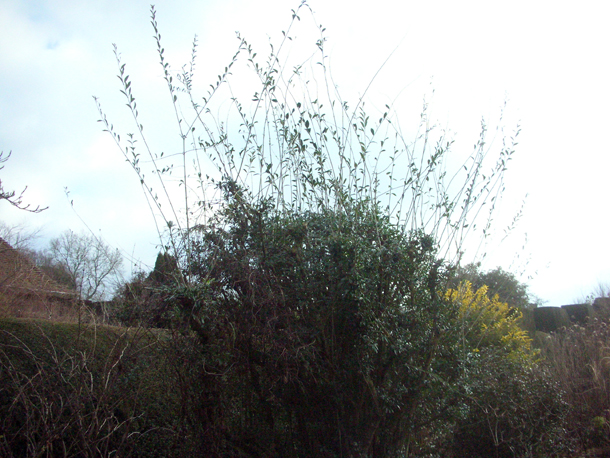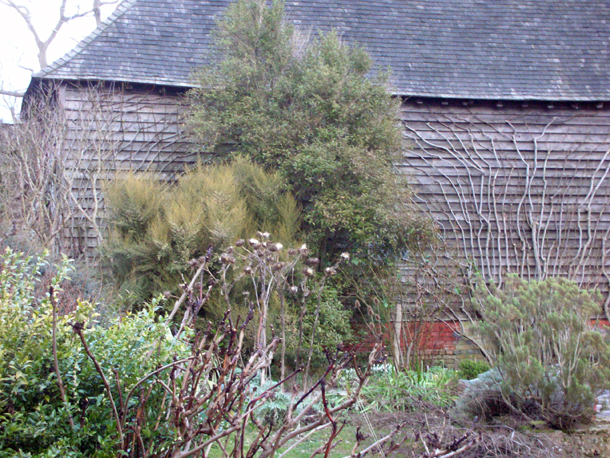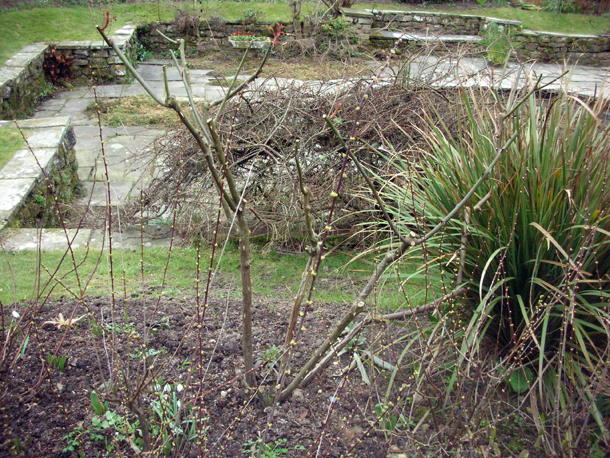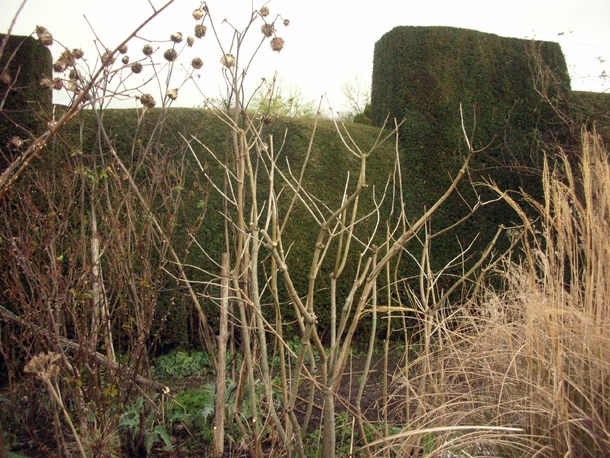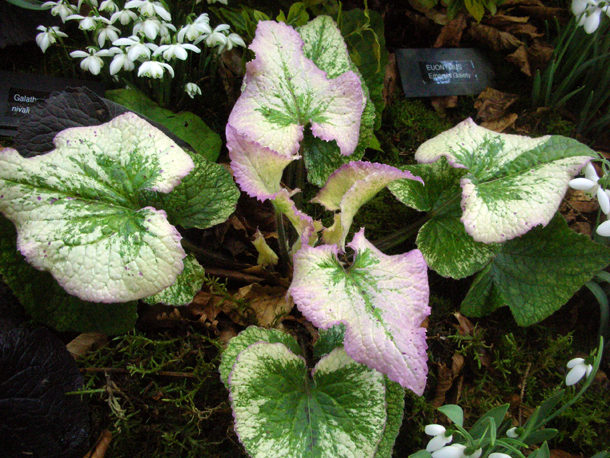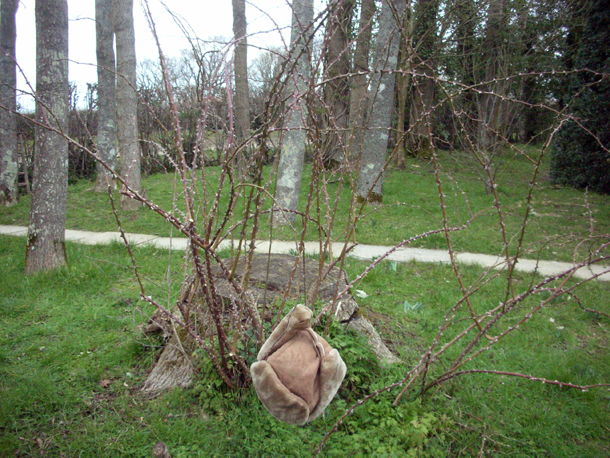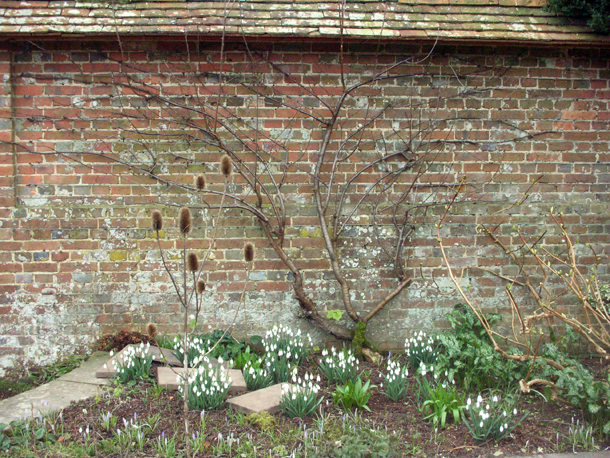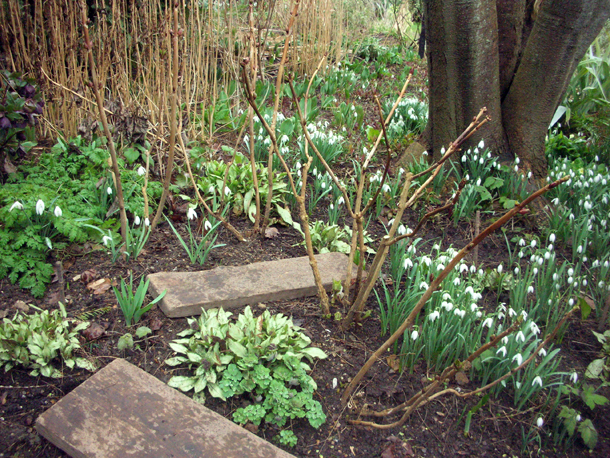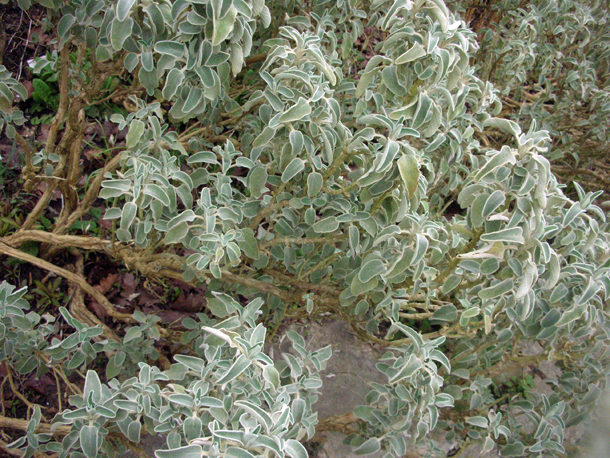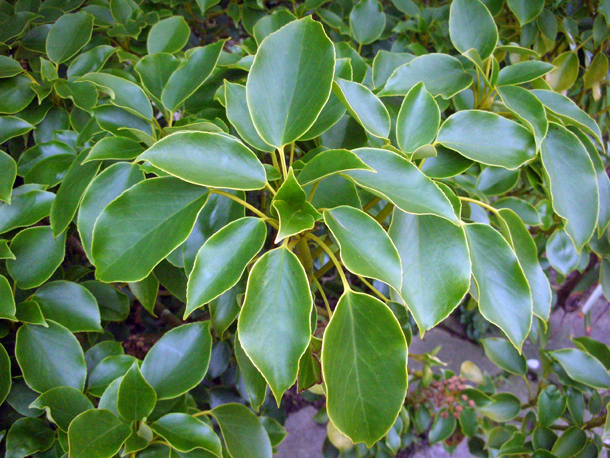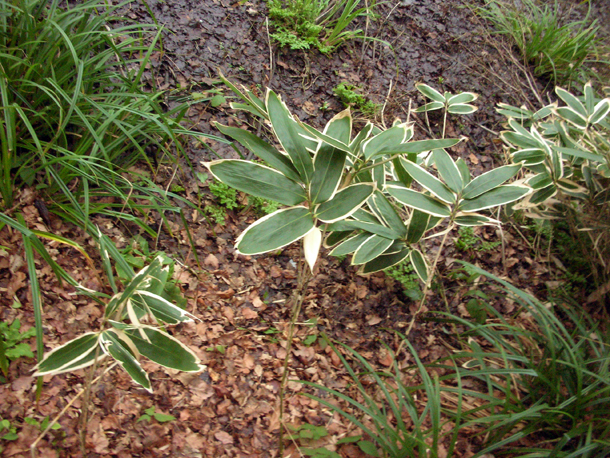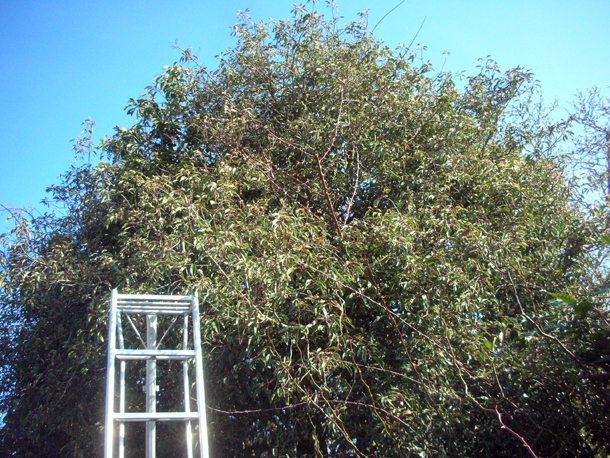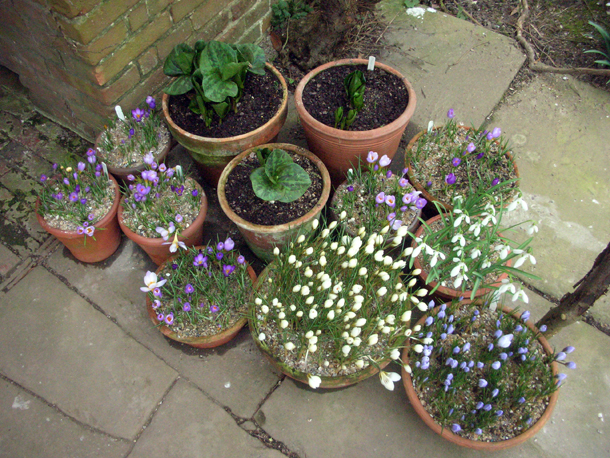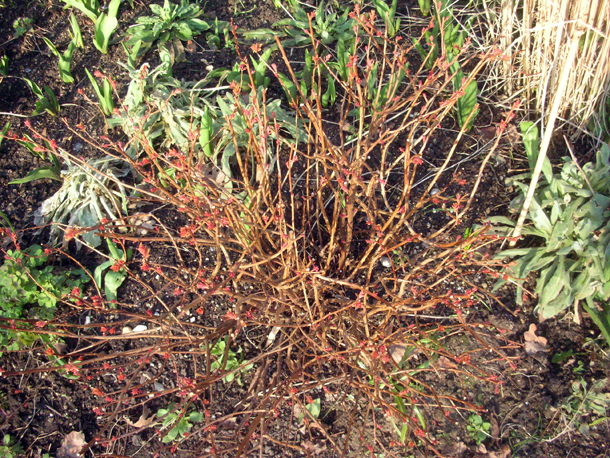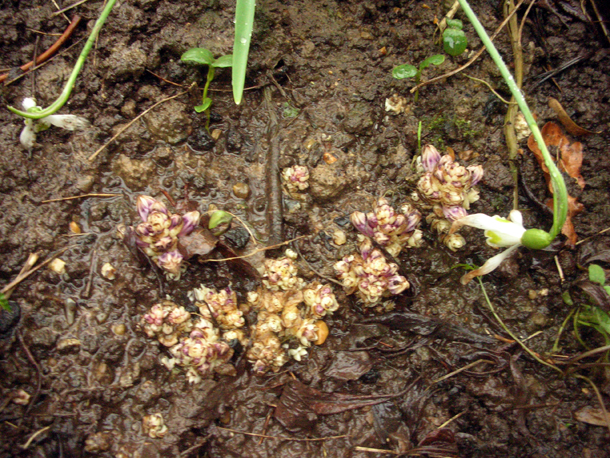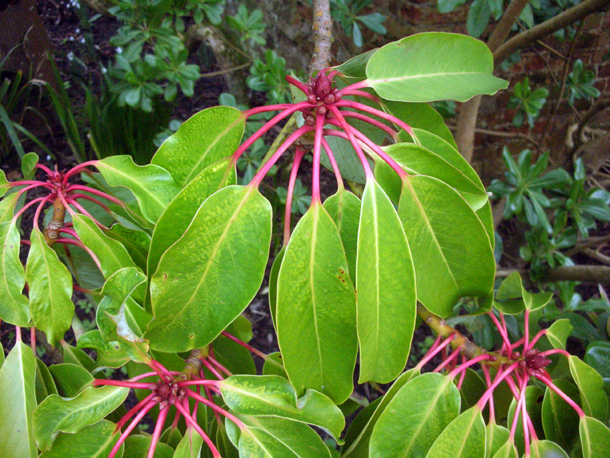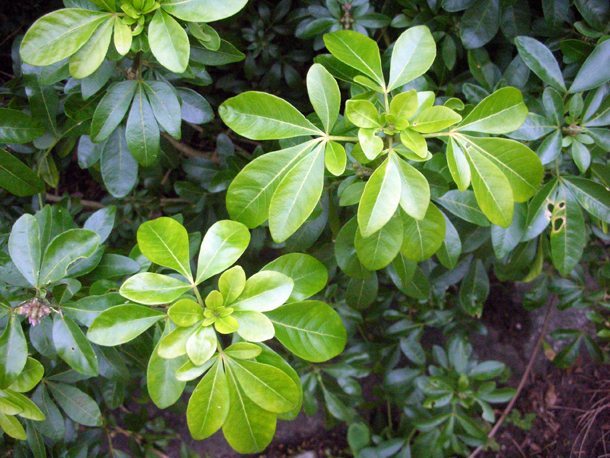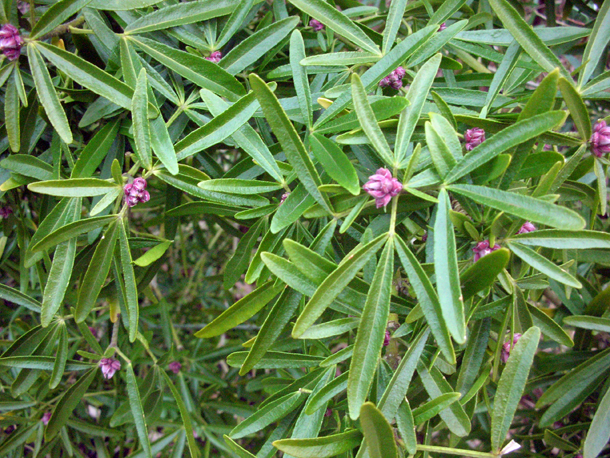Tues 5th Feb
Weather: Cold. 3 - 4°C
I did more Hydrangea pruning today. I was given Bruce who has come to work in the garden for a month from Kentucky, US to guide and to work together with. This time we tackled cultivars 'Bluebird' & 'Bluewave' in the Blue Garden (hence the name) and each came with their own challenges - some didn't have much flowering stems so we had to strategically decide what we leave.
One was intertwined into a Cornus and we had to consider giving space to the stems from the top down. After we moved onto pruning a Ligustrum quihoui in the Walled Garden, this was an interesting challenge. It was tall & dense and had a Clematis montana weaving through as well as being surrounded by fragile Hydrangeas (see future posts for more details on this).
Weather: Cold. 3 - 4°C
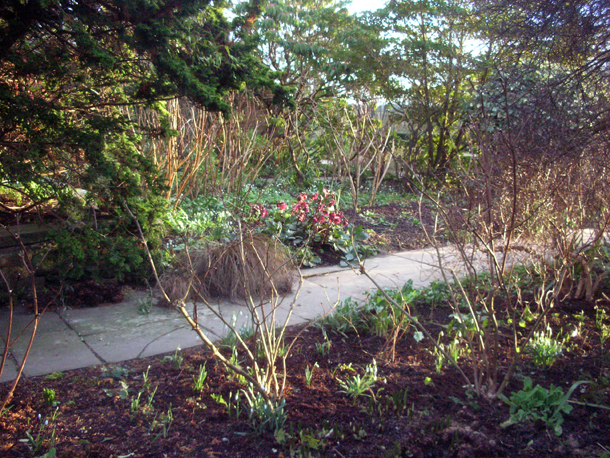 |
| The many bare wavy shaped hydrangeas adds to the layers of textures and colours that are found even at this time of year. The bright pinky red flowers in the middle is the Hellebore 'Anna's Red'. |
I did more Hydrangea pruning today. I was given Bruce who has come to work in the garden for a month from Kentucky, US to guide and to work together with. This time we tackled cultivars 'Bluebird' & 'Bluewave' in the Blue Garden (hence the name) and each came with their own challenges - some didn't have much flowering stems so we had to strategically decide what we leave.
 |
| Hydrangea intertwined with a cornus |
One was intertwined into a Cornus and we had to consider giving space to the stems from the top down. After we moved onto pruning a Ligustrum quihoui in the Walled Garden, this was an interesting challenge. It was tall & dense and had a Clematis montana weaving through as well as being surrounded by fragile Hydrangeas (see future posts for more details on this).

